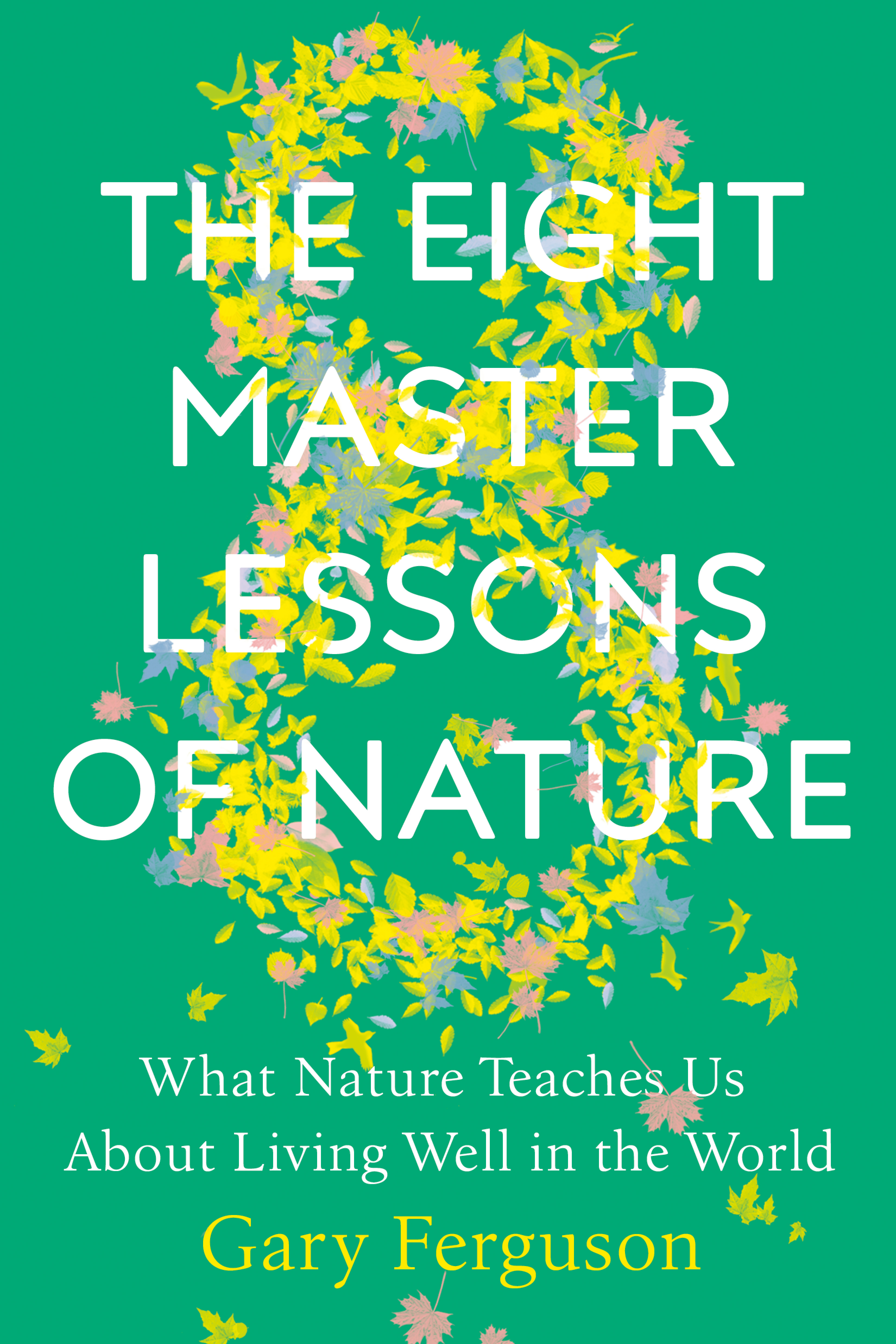When I was twenty-one, I worked as a naturalist for the Forest Service in the Sawtooth Mountains of Idaho; one day in late June I was out with my boss and mentor, Chuck Ebersole, a sixty-two-year-old retired navy veteran. Chuck was brilliant, a little ornery, and when it came to nature effusive beyond belief. When I first arrived in the Sawtooths he marshaled me onto a string of orientation tours of the Sawtooth Valley, the two of us rumbling about in his government-green Chevy Vega. On several occasions while speeding down the highway he’d look out the side window, slam on the brakes, and leap out of the car to run off into a nearby ditch or meadow or patch of forest, urging me to follow, talking in exclamation points, wanting to show me something amazing about a flower, a tree, or a slab of ancient stone. It was the sort of frantic behavior most people reserve for spotting bags of money. But to him, everything in nature was a teachable moment. And by the end of his lessons his hands and teeth were clenched, his eyes blazing with barely contained euphoria.
One day Chuck announced that we needed to hike out to one of his favorite mountain meadows. As usual I didn’t have a clue what he was on about, but I grabbed my day pack, tightened the laces of my boots, and filled up my water bottle, and off we went. After some two hours of walking we crested a final alpine rise and my jaw dropped. Before me was a tumbling mountainside bedecked with the most glorious carpets of wildflowers I’d ever seen: penstemon and geraniums and buttercups, cinquefoil and paintbrush and bluebells, elephant head and prairie smoke and monkey flowers. For a long time we simply stood shoulder to shoulder in silence, me feeling like my life was unfolding in the middle of a Monet painting. Finally Chuck began an exchange worthy of Socrates, patiently showering me with questions.
So, Gary. Why do you suppose there are so many kinds of flowers here?
Well, I ventured, because the soil conditions, the moisture, the light, are just right for lots of species?
Yeah, okay. But why all the species? Why not just two or three?
That one had me stumped.
Think for a minute. What sorts of things might threaten this place?
Disease, I ventured. Insects. Drought.
Okay, let’s say it’s a big drought. What would happen to these meadows?
Well, some of the plants would die.
Why not all of them?
Because some have deeper roots. Those might be able to survive. Some have waxy leaves to keep the moisture in.
Good. And what’s the big deal if they do survive?
Um, this is a steep slope, so the more root systems that make it, the less likely the soil would erode.
He nodded but wasn’t satisfied. What else?
Right then a big horsefly landed on my cheek, and I swatted it away.
That’s right. Flies, he said with a grin, though I hadn’t spoken a word. If some of the vegetation survives, the flies carry on. And that spangled butterfly over there.
And the elk, too? I offered, pointing to a pile of droppings at our feet, venturing a guess that elk, too, might still be able to graze even if some of the plants were gone.
So what are you telling me?
I stammered. Well, I guess I’m saying that different flowers have different survival strategies. And that means that if some get wiped out others will survive.
And?
And because they survive, the system survives.
So you’re saying nature hedges its bets.
I nodded. That sounded about right.
He took a breath. I took a breath.

Excerpted from The Eight Master Lessons of Nature: What Nature Teaches Us About Living Well in the World by Gary Ferguson. Reprinted with permission of Dutton, an imprint of Penguin Random House LLC. © 2019 by Gary Ferguson
Follow us here and subscribe here for all the latest news on how you can keep Thriving.
Stay up to date or catch-up on all our podcasts with Arianna Huffington here.


